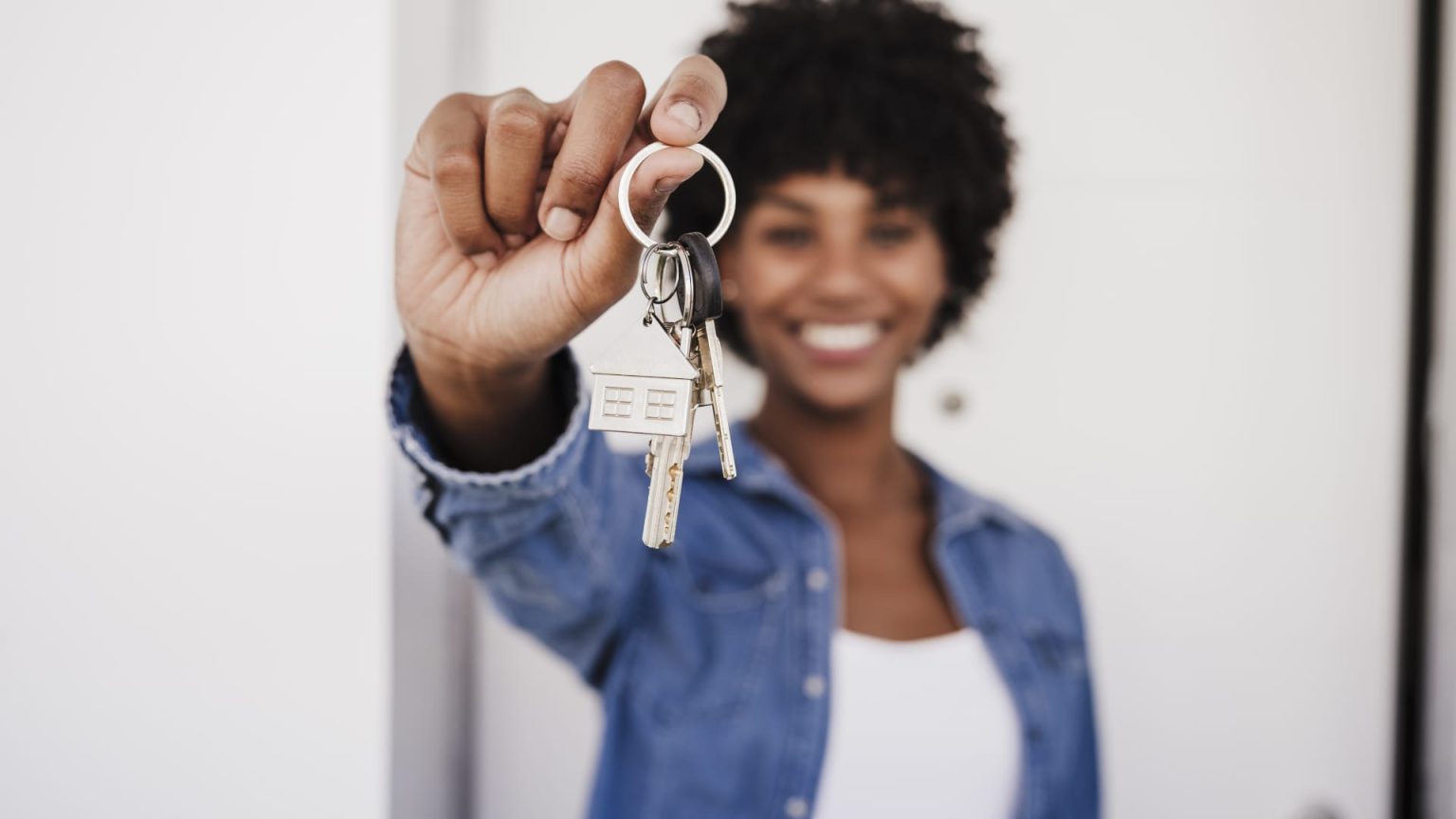As home values continue to rise in the United States, more Americans are finding themselves owing capital gains taxes when they sell their properties. However, experts suggest that knowing how to accurately calculate your home’s profit can help reduce the tax bill. Most Americans selling their primary residence are not required to pay taxes due to a special tax break called the Section 121 exclusion. This exclusion shields up to $250,000 of profits for single filers and $500,000 for married couples filing jointly. Despite this, a growing number of home sales profits now exceed these thresholds, with nearly 8% of sales surpassing the $500,000 limit in 2023, up from roughly 3% in 2019 according to a report from real estate data firm CoreLogic.
In order to qualify for the $250,000 or $500,000 exemptions, there are strict IRS rules that must be met. Any profit above these limits is subject to capital gain taxes, which are levied at 0%, 15%, or 20% based on your earnings. Capital gains brackets are calculated using “taxable income,” which is determined by subtracting the greater of the standard or itemized deductions from your adjusted gross income. To reduce capital gains, experts advise increasing the basis of your home. This involves tracking the cost basis of the home, which includes the original purchase price plus closing costs from the purchase.
One way to reduce home sale profit and minimize the capital gains tax liability is to add often-forgotten costs and fees to your basis. These costs may include title fees, charges for utility installation, legal and recording fees, surveys, transfer taxes, title insurance, and balances owed by the seller. While these may seem like small amounts individually, they can have a significant impact on the basis when tallied. Additionally, expenses for the sale of the property, such as real estate commissions and closing costs, can also be credited towards reducing capital gains taxes. However, there are certain fees and closing costs that cannot be added to the basis, such as home insurance premiums or rent paid before the closing date.
Another way to increase your home’s basis and reduce capital gains taxes is to include the cost of eligible upgrades. Maintaining an accurate record of home improvements can help minimize the tax owed from selling a house. These improvements must add value to your home, prolong its useful life, or adapt it to new uses to be eligible. Examples of upgrades that can increase your basis include additions, outdoor or exterior upgrades, adding new systems, plumbing, or built-in appliances. Repairs or maintenance needed to keep your home in good condition, such as fixing leaks, holes, cracks, or replacing broken hardware, cannot be included in the basis.
It is important to keep documentation of any improvements used to increase your home’s basis in case of an IRS audit. This documentation may include receipts, pictures, and permits pulled for home projects. By accurately calculating your home’s profit and maximizing your basis through eligible costs and upgrades, you can reduce your capital gains tax liability when selling your property. Experts recommend working with a certified financial planner or tax professional to ensure that you are taking full advantage of all available deductions and exclusions to minimize your tax bill.


